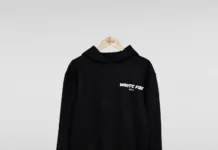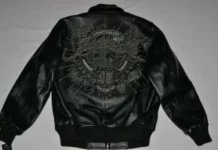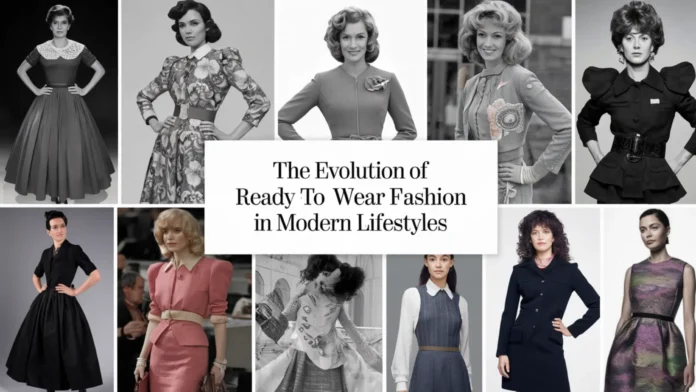Fashion has always been a mirror of society, reflecting its values, aspirations, and daily realities. One of the most revolutionary shifts in the world of clothing has been the rise of Ready to Wear fashion. Unlike custom-tailored garments that dominated wardrobes for centuries, Ready to Wear collections offer stylish, high-quality pieces manufactured in standard sizes. This approach has profoundly shaped modern lifestyle, blending accessibility, individuality, and innovation like never before.
The Origins of Ready to Wear
The concept of Ready to Wear dates back to the early 19th century, when industrialization allowed for the mass production of garments. Initially, this shift catered mainly to military uniforms and workwear. As sewing machines and textile technologies advanced, manufacturers began producing clothing for the general public. By the late 1800s, department stores stocked Ready to Wear items, making fashionable clothing more accessible to the middle class.
However, early Ready to Wear garments were often criticized for their lack of fit and quality compared to bespoke tailoring. It wasn’t until the 20th century that designers and brands elevated Ready to Wear collections into a respected and highly desirable category, blurring the lines between mass production and high fashion.
The Golden Era of Ready to Wear
The post-World War II era marked the true golden age of Ready to Wear fashion. With economic recovery came a boom in consumer culture. Designers like Christian Dior, Yves Saint Laurent, and Coco Chanel recognized the growing appetite for stylish, accessible fashion. They began producing Ready to Wear lines, known as prêt-à-porter in French, that captured the elegance of haute couture but were more practical for everyday wear.
This democratization of fashion changed the industry forever. Ready to Wear collections allowed designers to reach a broader audience without diluting their brand identity. Simultaneously, consumers could enjoy fashionable, high-quality pieces without the prohibitive cost and long waiting periods of custom tailoring.
Ready to Wear and the Rise of Modern Lifestyles
As societies became more urbanized and fast-paced, Ready to Wear fashion aligned perfectly with the new lifestyle demands. People needed clothing that was versatile, functional, and stylish—without spending months waiting for custom designs. Ready to Wear collections provided a quick and affordable way to stay current with trends.
Moreover, the expansion of women’s roles in society—from entering the workforce to becoming global leaders—fueled the need for dynamic wardrobes. Ready to Wear fashion answered this call with professional suits, casual separates, and evening wear, offering a full spectrum of options that reflected modern ambitions and freedoms.
The 1980s and 1990s further expanded the landscape, as brands like Ralph Lauren, Donna Karan, and Calvin Klein championed lifestyle branding. Clothing was no longer just about what you wore; it was about the lifestyle you embodied. Ready to Wear collections became synonymous with personal identity, creativity, and self-expression.
Technology and the New Wave
The digital age has brought another wave of evolution to Ready to Wear fashion. Online shopping, virtual fitting rooms, and AI-driven sizing tools have made it easier than ever for consumers to find perfectly fitting garments from anywhere in the world. Fast fashion brands capitalized on these trends, pushing Ready to Wear into even more immediate and trend-responsive territory.
Sustainability has also become a major conversation in recent years. Consumers are increasingly seeking ethical Ready to Wear options, urging brands to adopt eco-friendly materials, transparent manufacturing processes, and circular fashion principles. This shift suggests that the future of Ready to Wear fashion will balance speed and accessibility with a greater sense of responsibility.
The Current Relevance and Future Trends
Today, Ready to Wear fashion is more relevant than ever. It defines the modern wardrobe, from power suits for boardrooms to athleisure for home offices. Designers continue to innovate within this space, creating collections that cater to a diverse, global audience.
Looking ahead, the Ready to Wear industry is set to embrace even more technological advancements, including 3D printing, augmented reality, and AI-driven design. Additionally, the growing emphasis on inclusivity, sustainability, and personalization will further redefine Ready to Wear for future generations.
In a world that values individuality, immediacy, and innovation, Ready to Wear fashion stands as a dynamic and essential force, seamlessly weaving itself into the fabric of modern life—and its best chapters are undoubtedly still to come.






























